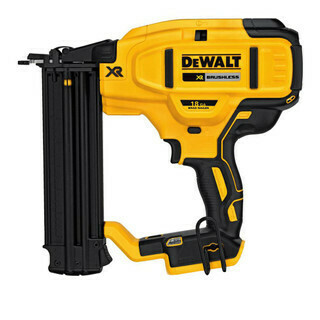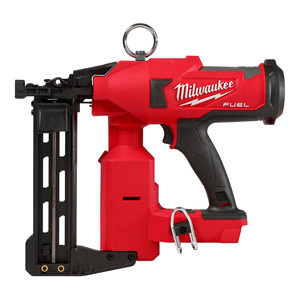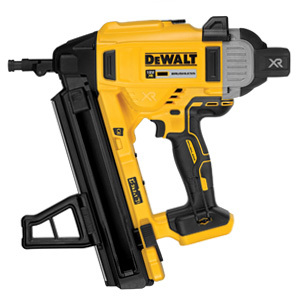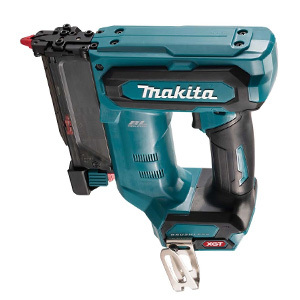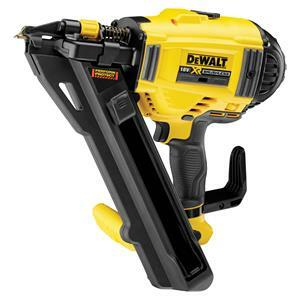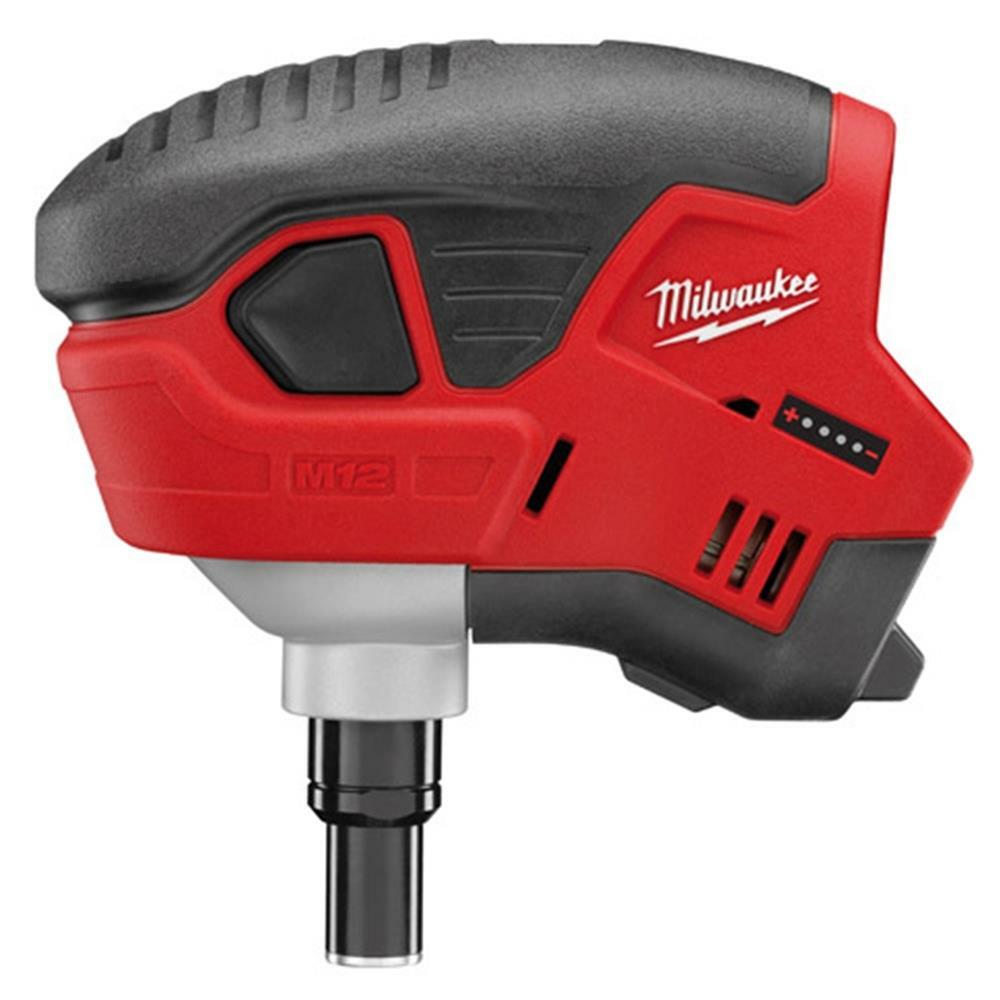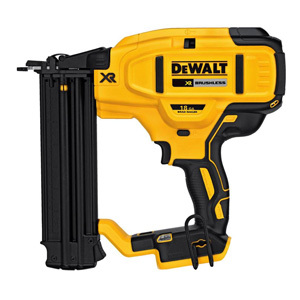

Nail Guns
Confused About Nail Guns?
Well if you are, don't worry, things have moved on a long way since the good old hammer and nails. There are some amazing tools out there to help get the job done faster, easier, more effectively and generally more efficiently, but you need to know which nail gun to use for which application before you make the investment.
Lots of people ask us…..
- Is a nail gun better than hammering?
- Is a nail gun better than screws?
- Do I need special nails?
- What is the difference between a Brad nailer and a Nail gun?
- Will a nail gun go into brick?
- Do nail guns need air?
- What can I use a nail gun for?
- What type of nail gun do I need?
It can also be difficult to understand the terminology, as people often refer to the various types of nail guns in many different ways (you may have heard of "First-fix nail guns" and "Second Fix nail guns" to name a few). The important thing to know is that the type of nail gun can depend upon not only the size of the nail they can fire, but also the materials they are able to fire into, and even how the nail guns themselves are powered.
Whicd Nail Gun Should You Buy
How is a Nail Gun Powered?
Essentially, you have three main choices:
1. Battery Powered Nail Guns
Also known as cordless nail guns, these are probably the easiest to use as they simply take their power from the battery attached to the nailer. No gas canister, air hoses, or main power cord is required. Put the nails in, and you’re ready to go!
2. Gas Nail Guns
Often referred to as a Paslode Nailer because Paslode is a popular brand, these nail guns need a gas canister in addition to a battery. The gas is usually supplied with the nails, so it’s straightforward to use.
3. Air Nail Guns
Powered by air, these nail guns require a compressor to provide air via a hose. Because they are less portable, they are typically found in workshop environments. Their light weight and reliability make them easy to use.
Other options include electric nail guns, powder-actuated tools (PAT) nailers, and manually operated nailers, but these are less common today.
Which Type of Nail Gun Do You Need?
Most nail guns fall into two categories: First-fix and Second-fix nailers.
First-Fix Nailers: Used for the initial stages of construction, such as building timber frame walls, fixing exterior concrete fiber board cladding, or building decking bases. These nailers fire larger nails, providing strong holding power.
Second-Fix Nailers: Ideal for finishing work, such as attaching skirting boards or assembling furniture. These nailers fire smaller nails, or "brad nails," suitable for delicate tasks.
If you would like to learn more, we have an article here explaining all the types of nail guns.
Frequently Asked Questions
What types of nail guns are available?
Nail guns come in various types, including framing nailers, finish nailers, brad nailers, and roofing nailers. Each type is designed for specific tasks, such as heavy-duty framing, fine finish work, or attaching shingles. Choosing the right nail gun depends on the project and material.
Can I use the same nails for all nail guns?
No, different nail guns require specific nail sizes and types. For example, framing nailers use larger nails for structural applications, while brad nailers use small brads for delicate finish work. Always check your nail gun’s specifications to use compatible nails.
Are cordless nail guns as powerful as pneumatic ones?
Cordless nail guns have improved significantly and are powerful enough for many applications. However, pneumatic nail guns, which run on compressed air, typically offer more consistent power, especially for heavy-duty tasks. Cordless models are more convenient and portable, making them ideal for remote or quick jobs.
How do I maintain my nail gun?
Regular maintenance includes cleaning the gun, checking for loose parts, and lubricating moving components. For pneumatic nail guns, also inspect air hoses and connectors for leaks. Proper maintenance ensures safety and prolongs the life of the tool.
What safety features should I look for in a nail gun?
Key safety features include a trigger lock, contact tip, and anti-dry fire mechanisms. A trigger lock prevents accidental firing, while the contact tip ensures nails are only released when the gun is pressed against a surface. Anti-dry fire mechanisms help avoid damage when the magazine is empty.














